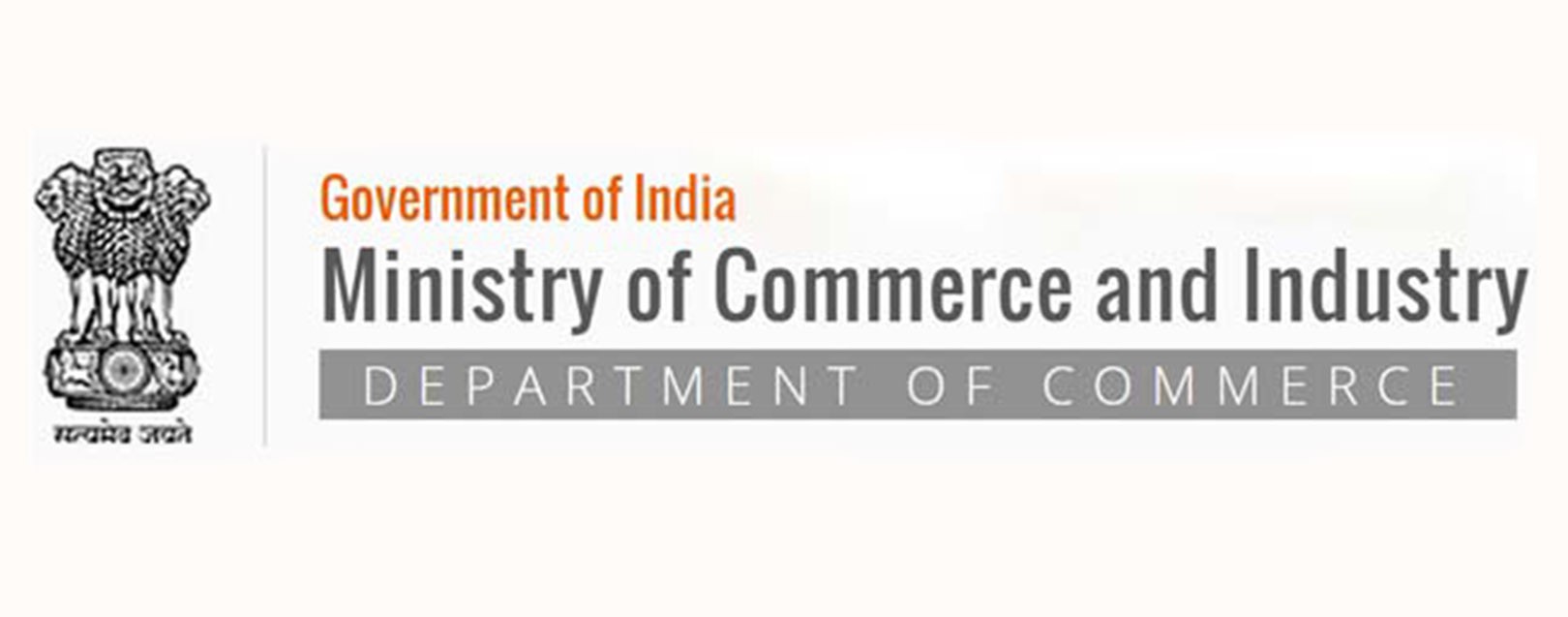Gain real-world skills from our trainers, who bring extensive experience from top multinational corporations. Their expertise ensures you receive industry-relevant training.
India's premier provider of Classroom and Online training in cutting-edge technologies.





🎓 Eligibility: Any Graduates / Career Gap
👨🏫 Trainer (120+ Batches): Mr. Siva(15+Yrs) / Mr. Ravi(12+Yrs)
🌟 Offer: Valid only for 7 days
👨🏫 Group Training Fee: ₹24,000/-
➡️ Offer:
₹12,000
🧑💻 One-On-One Training Fee: ₹1,20,000/-
➡️ Offer:
₹60,000
📅 Duration: 6 Months Training
We offer three types of internships in collaboration with 15+ companies in Hyderabad, designed to help aspiring Full-Stack Python developers gain hands-on industry experience.
Structured internship with direct industry exposure.
Get paid while learning real-world Full-Stack Python skills.
Perfect for freshers looking to gain experience at no cost.
| Factor | Front-End Developer (React, Redux, Next) | Full-Stack Python React Developer |
|---|---|---|
| Job Openings | High, but mostly local | Very High, many H-1B opportunities |
| Salary (Onsite USA) | $100k - $180k | $120k - $200k+ |
Gain real-world experience with 8 hands-on Module-wise Projects covering HTML, CSS, JavaScript, Bootstrap, Tailwind, React, and Python Full-Stack development.
Perfect for freshers looking to gain experience at no cost.